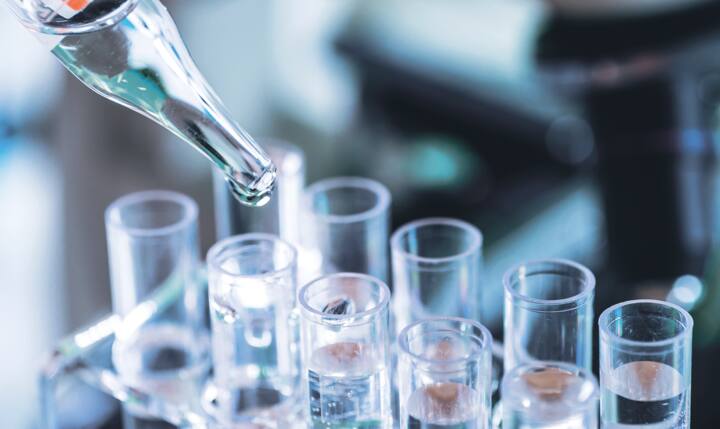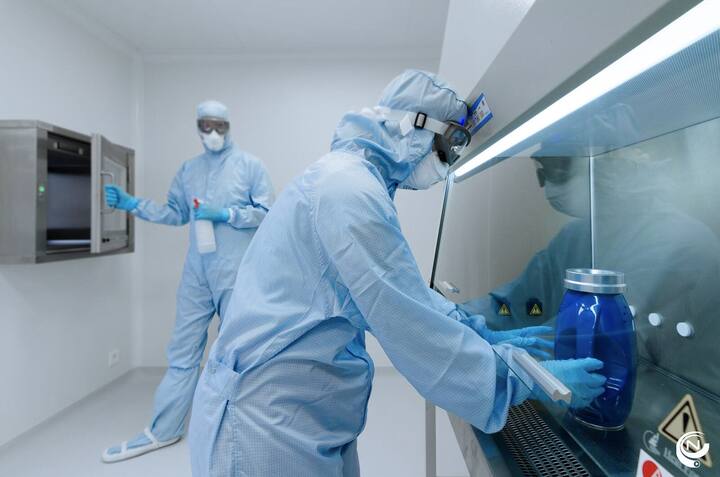
28 June 2022
From Samples to Results: What Does it Take?
Clinical trials aim to demonstrate the safety and efficacy of a new treatment/drug in healthy patients. These patients often donate samples during the study, which are examined in laboratories and from which important results emerge. Think getting results is as simple as running a few quick tests on the samples? It’s not that straightforward. In this blog, we’ll walk you through the entire journey from samples to results.
The Criteria
When a patient donates a sample (blood, saliva, tears, etc.), it must remain fully traceable throughout the entire process until the final result.
In addition, a good record must be kept of who performed an operation with the sample. It is also crucial to note the time of that operation and the devices used for it.
The devices used in such clinical laboratories must comply with a whole set of guidelines. From scales and pipettes to impressive PCR devices, all instruments follow a whole process.

Step by step: from purchase to commissioning
- 1
Purchasing
Ordering new devices goes through a predetermined process that may vary from company to company. In any case, it should ensure that orders remain traceable.
- 2
Installation
The device has arrived. Can I just plug it in and use it? In pharma, nothing is that simple. The supplier of the device has to come into the lab to perform the initial installation. Before this technician can enter the site, they must first complete the required training and be able to present the appropriate certificates. Once the technician is in the lab and has the correct PPE (personal protective equipment) on, the installation can begin. The installation involves an IQOQPQ (instrument qualification, operational qualification and performance qualification). This verifies that the instrument complies with the supplier's imposed rules.
- 3
Validation
After the instrument has been tested and works for the supplier, it must, of course, also perform as expected for the company where it will be used. This is thoroughly tested during the validation process. Everything must meet specific criteria, which are predefined in the instrument’s procedures.
- 4
Release
Does the instrument meet all the guidelines of the supplier and of the lab in which it will be used? Then it is finally ready for use.
If all the devices needed to analyse samples in a clinical trial meet all the guidelines, it is finally time to perform the correct tests on the samples to obtain the results of the study.
The aftercare
After the device is in use, it should be checked at regular intervals to ensure it continues to operate as predefined. This is done through calibrations.
The device is tested and must fall within certain acceptance criteria before it can continue to be used. The interval of successive calibrations is recommended by the supplier and described in procedures. Some devices will not only need calibration, but also require periodic maintenance. This maintenance is also recommended by the supplier and will enhance the lifespan of devices.

Conclusion
Results of clinical trials are therefore not obtained easily. Meeting all guidelines to ensure patient health is an intensive process. As a result, there is often a long gap between sample collection and the result to be obtained.
More about Normec Advipro

Normec Advipro
Lille Belgium